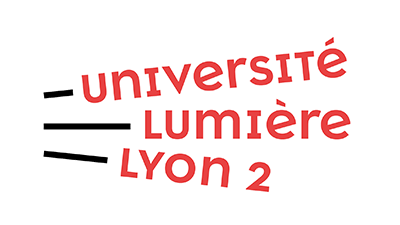au 5 juillet 2023
We invite scholars to contribute to this special issue that explore the variety of ways in which images form part of the reproduction and transformation of social representations in everyday life.
Call for Papers
Special Issue: The power of the image: the role of social representations.
Papers on Social Representations: https://psr.iscte-iul.pt/index.php/PSR/issocial ue/archive
Edited by: Dr Cathy Nicholson (London School of Economics) & Dr Sarah Awad (Allborg University)
Background
The theory of social representations (SRT) initially developed by Moscovici (1961, 1988) offered a nuanced framework from which to conceptually develop how social ideas across different contexts can be conceived and perceived by different audiences for the purpose of providing meaning to a given reality. Social knowledge, according to the theory, relies on a three way interdependent model of the self, the other and the social object under investigation. Key is the interrelated processes of objectifying abstracted ideas into a tangible essence and anchoring the unfamiliar into familiar frameworks within ongoing systems of cultural values, beliefs and goals. The theory has been critiqued and expanded hugely to provide a rich source of intellectual enquiry within social psychology, opening up pertinent questions across a range of subjects, for example see Sammut et al (2016).
One area that has received scant attention is the significance of imagery as a source of exploring social representations within the public consciousness and how that might relate across particular social, cultural and political realities. As early as 1995, Ullan suggested how art (and image) can be considered to hold the capacity to construct an array of social meanings through processes akin to that of social representations. Yet this yielded little attention at that time. Arruda (2016) took a step further by arguing for its significance where image, affect and representing can be discussed as a way of accessing the social imaginary.
As media, particularly social media, has increasingly become an extension of an individual’s perception of a given social reality, we can further explore how such imagery might reflect the diffusion of social representations in our (often politicised) social and cultural worlds.
We invite scholars to contribute to this special issue that explore the variety of ways in which images form part of the reproduction and transformation of social representations in everyday life:
- 750-1000 word abstract of the proposed paper should be sent by email (see contact below) by 6th January 2023. Accepted abstracts will be notified by the end of February 2023;
- 5000-8000 word paper to be received by 6th July, 2023;
- Reviews and revisions until publication in PSR open access online journal by December 202
Contact: c.g.nicholson@lse.ac.uk / awads@hum.aau.dk
Arruda, A. (2016). Image, social imaginary and social representations. In (Eds.) G. Sammut, A. Andreouli, G. Gaskell & J. Valsiner, The Cambridge handbook of social representations. P128-142. Cambridge: Cambridge University Press.
Moscovici, S. (1961/2008). Psychoanalysis: Its image and its public. (Trans.), by D. Macey. Cambridge: Polity Press. La psychoanalyse , son image et son public. Paris: PUF, 2nd revised edition, (first edition 1961).
Moscovici, S. (1988). Notes towards a description of Social Representations. European Journal of Social Psychology, 18, pp. 211-250.
Sammut, G., Andreouli, A., Gaskell, G & Valsiner, J. (2016). The Cambridge handbook of social representations. Cambridge: Cambridge University Press.
Ullan, A.M. (1995). Art and reality: The construction of meaning. Papers on social representations, 4 (2), 1-14. https://psr.iscte-iul.pt/index.php/PSR/issue/archive.
Informations pratiques
Contact




